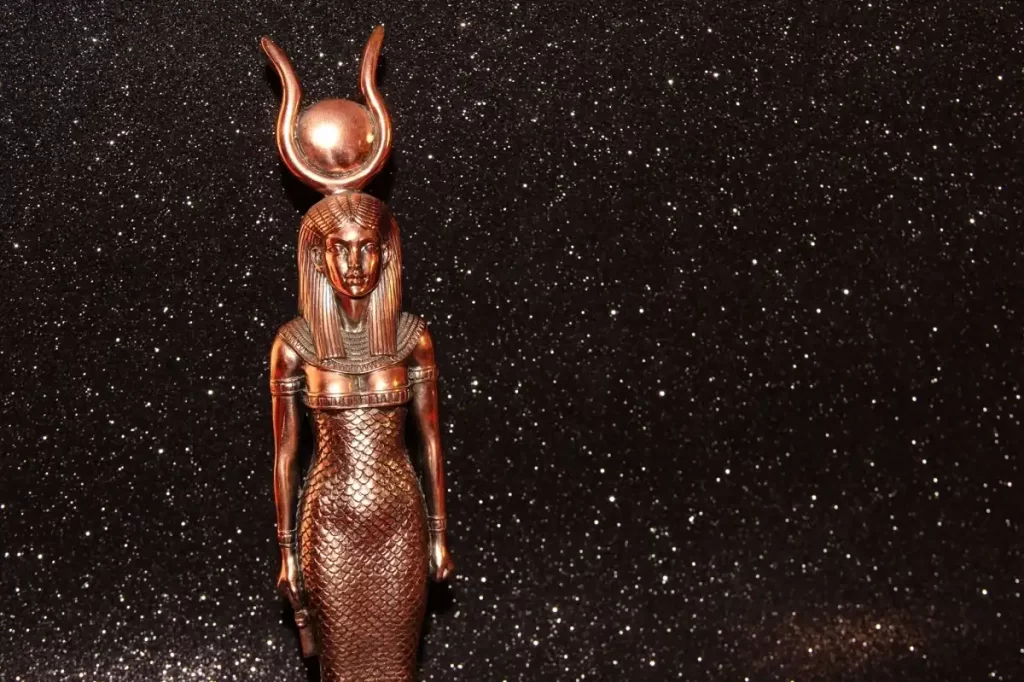
Isis
[ez-toc]
Isis’s history is a mystery. She cannot be associated with a definite location, unlike many other gods, and she is not explicitly mentioned in any of the oldest Egyptian writings. She soon rose in stature though, rising to the position of the most significant goddess in the pantheon. Isis represented the conventional Egyptian ideals of a woman and mother as the loving wife who nurtured their son, Horus, and resurrected Osiris after his murder.
Isis was one of the principal deities involved with funeral rites because she was the wife of the god of the underworld. Isis served as a goddess mourner alongside her sister Nephthys, and she was frequently pictured as providing mother care to the deceased in the underworld.
One of the final gods of the ancient Egyptians who was still revered was Isis. She was associated with the Greek goddess Aphrodite during the Greco-Roman era, and her cult grew as the Far East as Afghanistan and as far west as Great Britain. It is thought that images of Mary holding the baby Jesus in Christian art were influenced by images of Isis holding the infant Horus.



